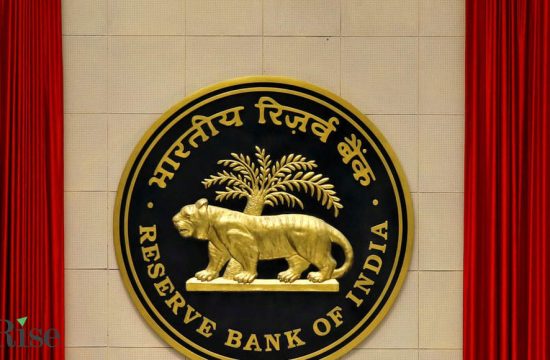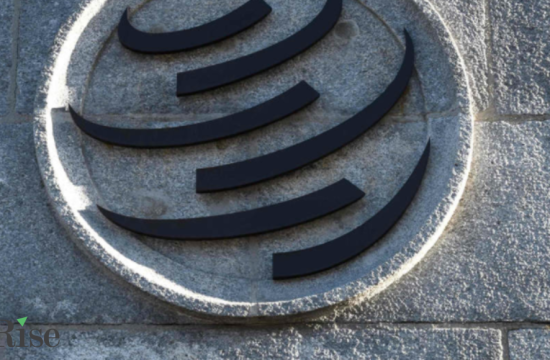
MUMBAI: In order to provide a measure of the growth and strength of the MSME sector in India, TransUnion CIBIL in partnership with Ministry of Statistics & Programme Implementation (MoSPI) has launched MSME Credit Health Index.
The MSME Credit Health Index will provide government, policy makers, lenders and MSME market participants, a numeric indicator for benchmarking the health of the MSME sector. This measurement model will facilitate better MSME credit risk management, formulation of strategies and policies to support the revival and resurgence of the MSME sector and the economy.
The MSME Credit Health Index is built using credit data submitted by lending institutions to TransUnion CIBIL. The index measures the credit health of India’s MSME industry on two parameters: growth and strength. Growth is measured by plotting increase in exposure value (outstanding balances) over time and strength is measured by decrease/increase in credit risk in terms of non-performing assets (NPA). Both the growth and strength indices follow the principle of higher the better – i.e. an increasing Growth Index indicates improvement in credit growth; and an increasing Strength Index implies better asset quality and therefore denotes an improvement in the structural strength of the sector.
In a statement, Kshatrapati Shivaji, Secretary, MoSPI said, “The MSME sector comprises of over six crore enterprises, contributes nearly 29% of India’s Gross Domestic Product (GDP) and provides employment to over 11 crore workers. It is important to continuously monitor and measure the strength, growth and progress of the MSMEs, so that policies can be aligned and timely interventions taken.â€
The first version of the MSME Credit Health Index is based on data from March 2018 to June 2020. Rajesh Kumar, MD and CEO, TransUnion CIBIL, in a statement said, “The Index is available at national level and granularly across MSME segments, lender categories and geographies. The ongoing monitoring of the index will provide insights for aligning strategies and policies towards efficient implementation of funds and resources for sustained development of the MSME sector.â€
Overall analysis of the Growth Index reflects muted growth in June 2020 owing to limited credit activity consequent to the containment measures implemented by the Government to curb the spread of COVID-19 pandemic.
The MSME sector has seen an increased level of NPAs in the last two years consequent to a slower rate of economic growth. Cash flows of MSMEs have been impacted over a period of time thereby limiting their ability to service debts. This has resulted in the Strength Index reflecting a decreasing trend. The improvements seen in March are due to improved recovery and collection efforts by lenders before the close of financial year.
Digital lending innovation directly proportional to growth
Analysis of MSME Credit Health Index at a sub-segment level shows that the momentum of growth, when compared to the benchmark for each sub-segment of MSME, is highest for the Micro segment (exposure less than Rs 1 crore). A look at the Strength Index by MSME size reveals that the Index values across all segments have reached the same level in June 2020, while following a different trajectory in the last two years. In the pre COVID-19 quarter of December 2019, the strength was the lowest for the Medium segment. However, an increased focus on recoveries before the end of financial year resulted in the strength of Medium segment improving significantly for the March 2020 quarter.
At a lender category level, NBFCs and Private Banks have shown a higher growth momentum. Private banks have contributed to over 50% of incremental credit to the MSME sector over the last two years. NBFCs were the fastest growing category in 2018. The liquidity crisis towards the end of 2018 limited the ability of NBFCs to extend credit. As a consequence, NBFC credit growth slowed down in 2019. Public Sector Banks have seen a muted credit growth in the last two years.
The Strength Index by lender category reflects a relatively faster decline for private banks driven by few players experiencing higher stress in their portfolio compared to others. However, the NPA rates of private banks, despite showing an accelerated increase, continue to be at much lower level compared to PSU banks and NBFCs.










